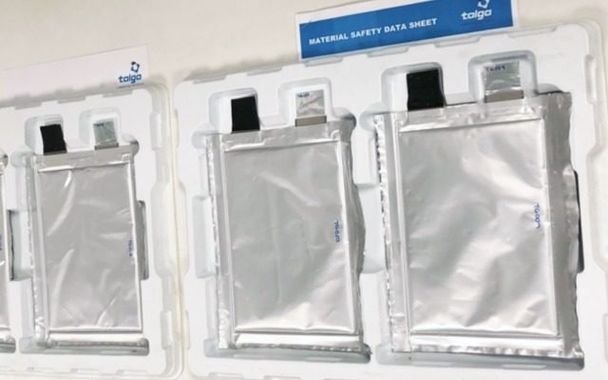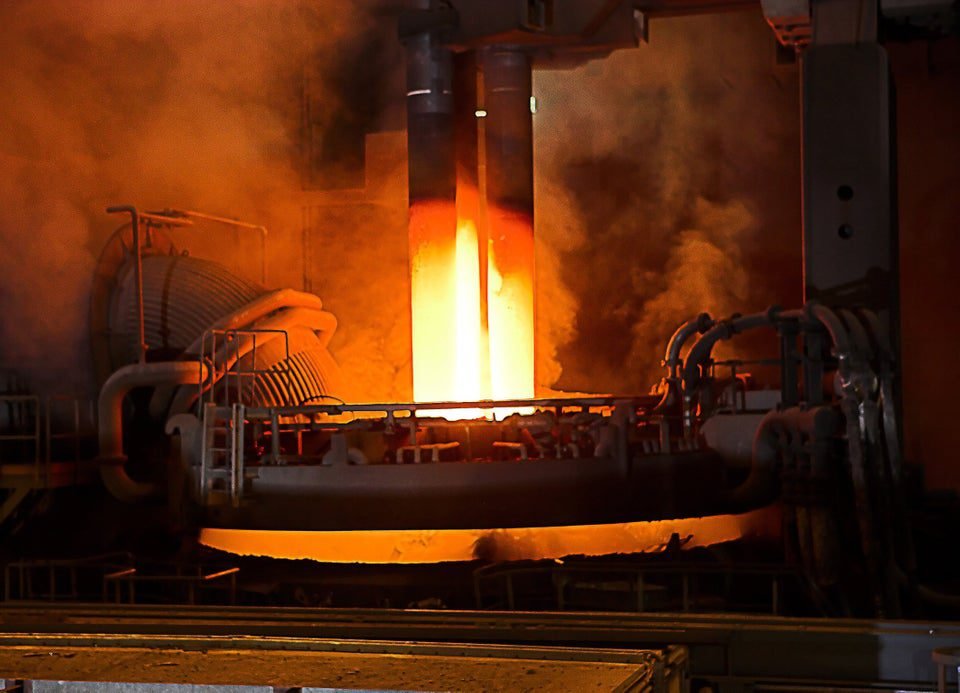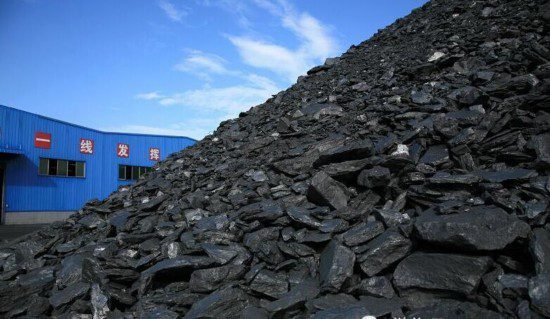The graphite is an ore made exclusively of carbon with many applications and it is used to produce graphene, a revolutionary material.
Properties
Graphite is one of carbon’s allotropic forms. Allotropy is the property of a chemical element to form different structures, forming different materials. Graphite’s molecular structure is formed by carbon atoms layers in hexagon shape and layers are attracted by Van der Waals force.

Other carbon’s allotropic structures are:
- Diamond: Don’t conduct electricity and is formed in place with very high temperature and pressure.

- Buckminsterfullerene or fullerene or buckball: The most common has 60 carbon atoms, but some have 20 or 70 atoms.

- Carbon nanotube.

- Graphene: it is a graphite layer.

I will write about nanotubes and graphene in the future. Graphite is grey, opaque, refractory, has fusion point of 3927ºC and a metallic brightness.

Conduct electricity and heat, it is chemically inert, flexible and light. The hardness in Mohs scale is between 1 and 2, hardness is resistance of a material to scratch and other located plastic deformities by another material.
Reserves and production
This graphic is from 2018, whose source is in the link, shows countries with the biggest graphite reserves in 1000 metric tons. The biggest reserves are in Turkey with 90 billion tons.

Almost three quarters of world’s production is from China, second and third biggest producers are India and Brazil respectively. Recently, China closed many mines due to environmental contamination.
Extraction and processing
In environment, graphite can be in three forms.
- Amorphous: Is the most abundant, has 60 to 85% of carbon. The structure is formed by microcrystals, whose size varies between 4 and 50 μm. Usually is found in coal, slate and shale mines.

- Flakes: Carbon content is between 85 and 97%, have flakes of many sizes. Can be found in limestone mines and deposits with organic material. It is the most wanted due to applications.


- Crystalline vein: It is only found in Sri Lanka. Carbon content between 90 and 99%, has few applications due to scarcity.

Extraction is made in open pit or underground mines. The raw ore found in nature has carbon compound between 4 and 15%, it is necessary a process to increase carbon content and remove impurities. First, ore is put in feeders to be transported, then pass for crushing and grinding, using crushers. The vibrating screen separates grains according to size, ball mill is another type of grinder. Then spiral classifier separates materials by gravity.

Then, it is agitated in an agitation barrel and goes to separation machines hydrocyclone, the next stage is flotation. After flotation, passes through a thickener machine and vacuum filter for drying. In the end of process, graphite stays with a carbon content above 90%, adding other separation processes can increase purity degree. In addition to environmental impact caused by mining, concentrated graphite production process releases tailings in scavenging part.
Some applications
In addition to pencil and graphene manufacturing, some other applications are:
- Flakes serve as anode for batteries.

- Amorphous graphite is used as powder lubricant.

- Refractory materials like magnesium and carbon bricks.

- Moderators in nuclear power plants.
- Electrodes in electric arc furnace, due to electric conductivity and high fusion point.




